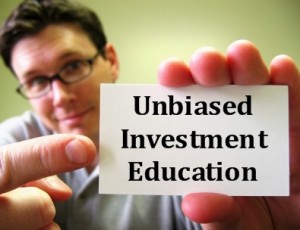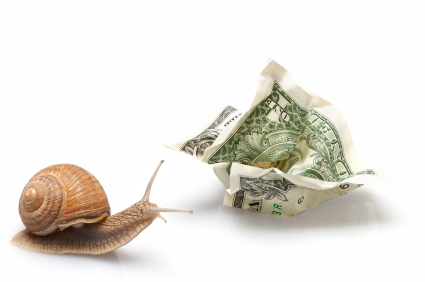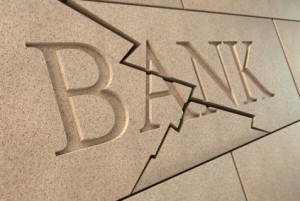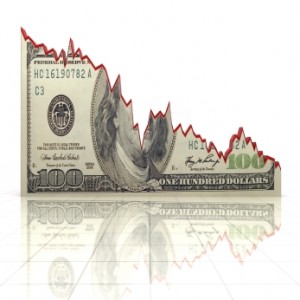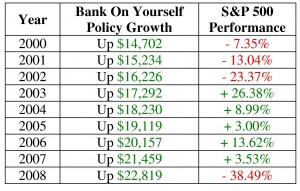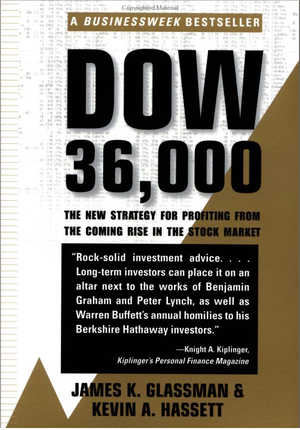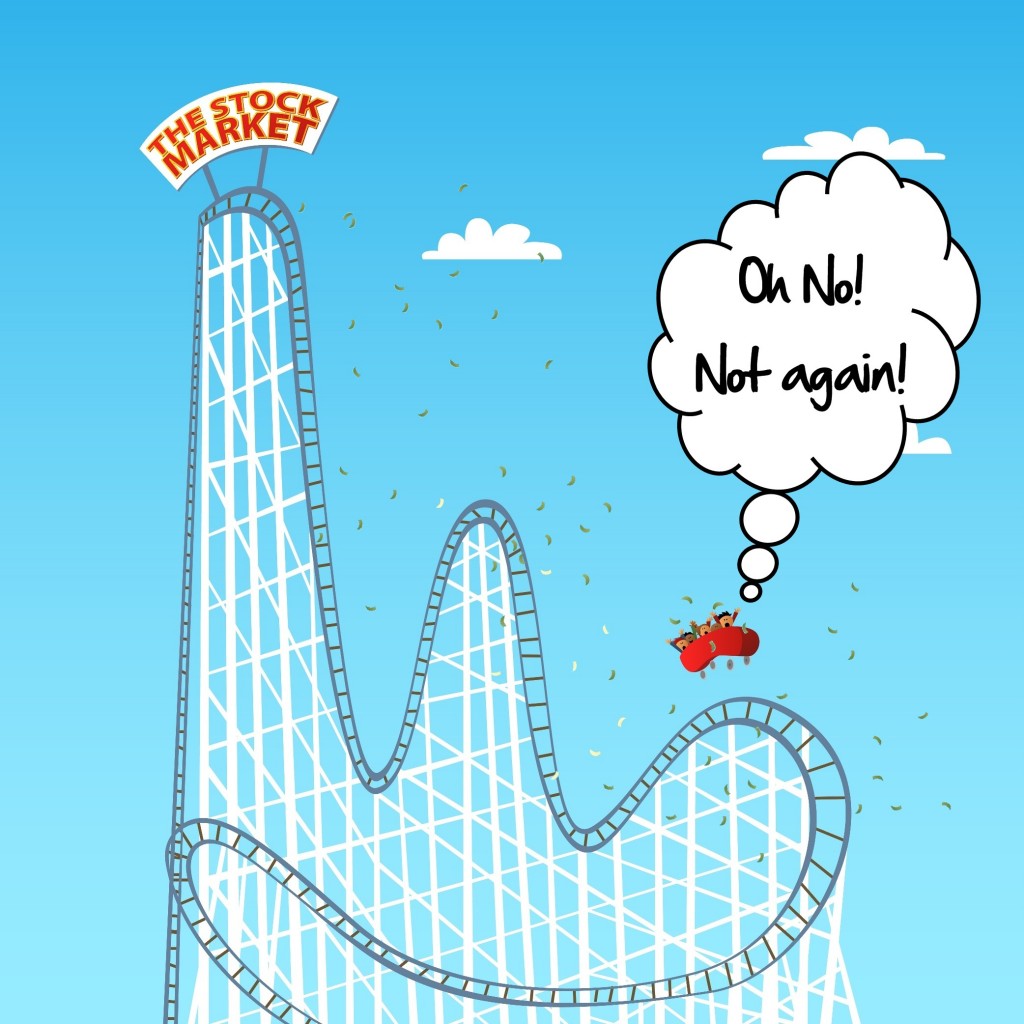
If, like most Americans, you have a substantial portion of your nest-egg in stocks and mutual funds, I urge you to take a few minutes to read this right now…

The U.S. stock market has lost considerable ground and volatility has returned with a vengeance. The situation is precarious in both Japan and the Middle East.
But the recent stock market plunge was virtually assured before the earthquake and tsunami hit Japan.
Here’s why…
We’re doing it again: Buying stocks after big gains in the markets.
In 2008, 2009 and most of 2010, mutual fund investors in almost every month took more money out of stock mutual funds than they added. Then, in January, someone hit a switch.
Investors decided that it was time to get back into the stock market. Keep in mind this decision came after an almost 100 percent gain from the market bottom in 2008. So in December we pulled $10.6 billion out of equity mutual funds, and in January we poured an estimated $30 billion into the market.
Do you see the problem here?”1
The problem, as this article from The New York Times blog titled, “Are We Buying High All Over Again?” points out, is that investors are repeating past bad behavior. Just as they have done throughout history, and just as they will continue to do for the rest of time.
[Read more…] “Should you be worried about the Dow’s plunge?”

